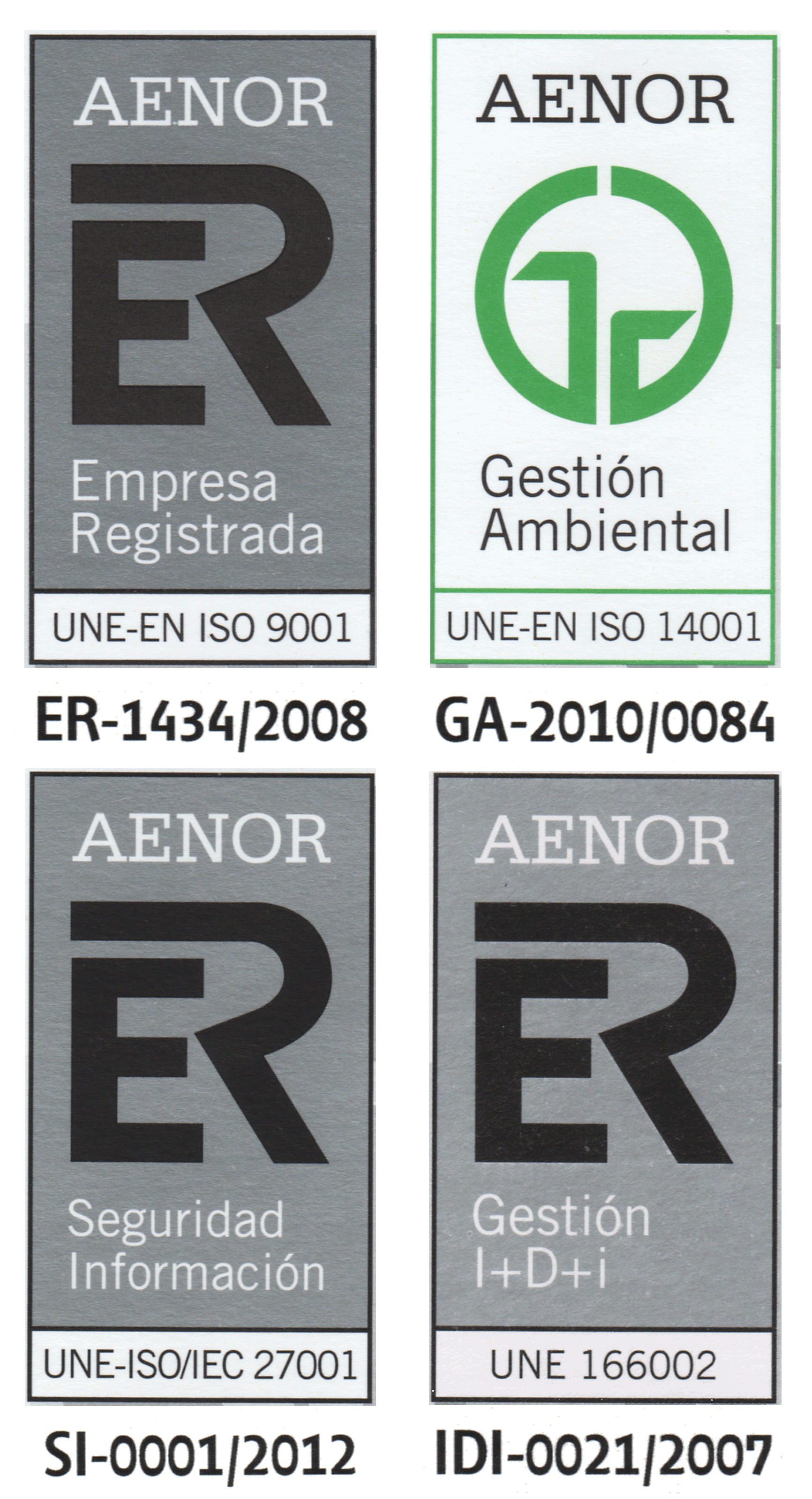The internal organization and functioning of living cells, as well as their cooperation in tissues and higher order structures, can be a rich source of inspiration for computer science, not fully exploited at the present date. Membrane computing is an answer to this challenge, well developed at the theoretical (mathematical and computability theory) level, already having several applications (via usual computers), but without having yet a bio-lab implementation. After briefly discussing some general issues related to natural computing, this paper provides an informal introduction to membrane computing, focused on the main ideas, the main classes of results and of applications. Then, three recent achievements, of three different types, are briefly presented, with emphasis on the usefulness of membrane computing as a framework for devising models of interest for biological and medical research.
| 


